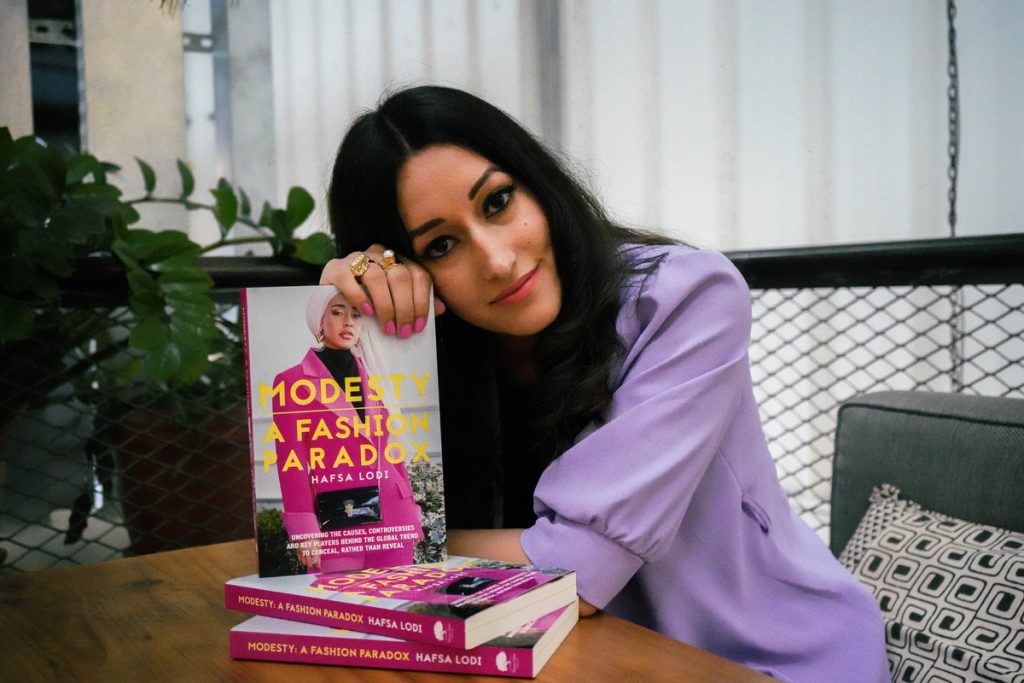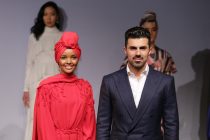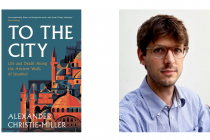UAE-based American journalist Hafsa Lodi’s ‘Modesty: A Fashion Paradox’ has become the definitive read on this fast-growing global industry that marries faith with fashion.
Published by Neem Tree Press in 2020, this 288-page book explores the big drivers behind the rise of modest fashion, its controversies and the main players involved. While some of the primary Turkish actors feature in the book, their significance seemed undervalued by the author.
The 2019 ‘State of the Global Islamic Economy’ report stated that Turkiye has the biggest fashion market in the Muslim world. Each year, Turks spend $29 billion on fashion apparel, accounting for over 10% of the total spend by the 1.8 bn Muslims, which is globally worth $283 bn.
The same report also notes that Turkiye is the biggest Muslim-majority exporter of clothes, and third biggest overall to the members of Organisation of Islamic Cooperation with $2.3 billion. The two biggest ready-to-wear exporters to the OIC states are China and India.
Considering these figures, and Turkiye’s location between the West and East, it comes as no great surprise that Turks are among the biggest players in the global modest fashion industry.
Istanbul-headquartered Modanisa is the world’s largest retailer of modest fashion. Its online portal stocks in excess of 100,000 products, ranging from swimwear to bridal dresses and everything in between. The Turkish start-up has received major investment from Goldman Sachs, the European Bank for Reconstruction and Development (EBRD), Re-Pie Ventures and Wamda Capital in recent years, helping it to grow its global presence.
Despite its towering presence in the modest market, Modanisa gets limited traction in Lodi’s book. The world’s original modest fashion brand is mainly covered in two different sections, on the ground-breaking Modest Fashion Weeks and ‘How Dressing Modestly Became a Mainstream Style Trend’.
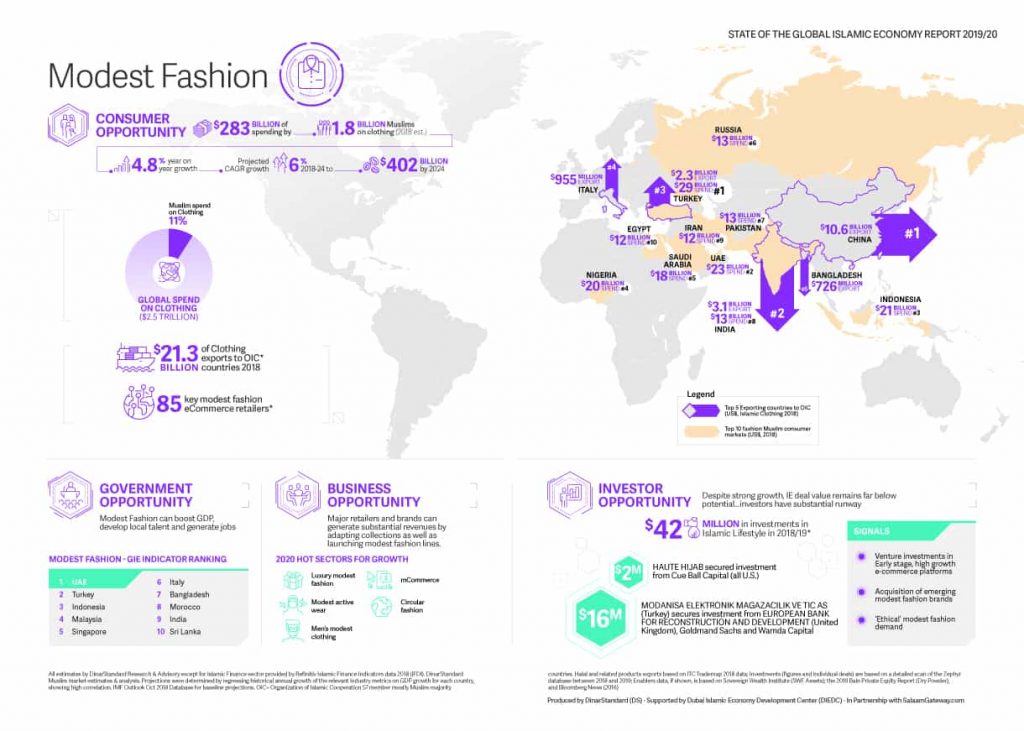
Lodi mistakenly gives sole credit for the Modest Fashion Week concept to Özlem Şahin and Franka Soeria, presenting them as the founders when, in reality, the idea came from Modanisa co-founder and Chairman Kerim Türe.
Modanisa financed the inaugural Modest Fashion Week in Istanbul in May 2016, organised by Şahin and Soeria – both employees of Modanisa, who left the company to launch their own event company and fashion consultancy, Think Fashion.
Since then, the Modest Fashion Week concept has travelled to multiple international destinations, including London (2017), Dubai (2017, 2019), and Jakarta (2018), returning to Istanbul in 2019. Lodi also attended MFW Istanbul 2019, where she had the opportunity to interview trailblazing hijabi supermodel Halima Aden, whose story features in Lodi’s book.
Modanisa is included in Lodi’s ‘How We Shop Now’ section as one of the main e-commerce platforms for modest fashion shopping. She shares insights from the company and the philosophy behind it based on her interviews with the then CEO Türe: “We wanted to help give more choice to Muslim women who preferred to wear modestly but were constantly ignored”.
Lodi thanks Modanisa in the Acknowledgments section of her book, along with three other Turks. The trio, editor Shah Hatun (Şahinat Erkılıç), photographer Ümit Taylan, and makeup artist and stylist Fatma Çapkanman – all from Hijab in Style Magazine – helped produce the memorable front cover of Lodi’s book that is graced by UK modest model Mariah Idrissi.
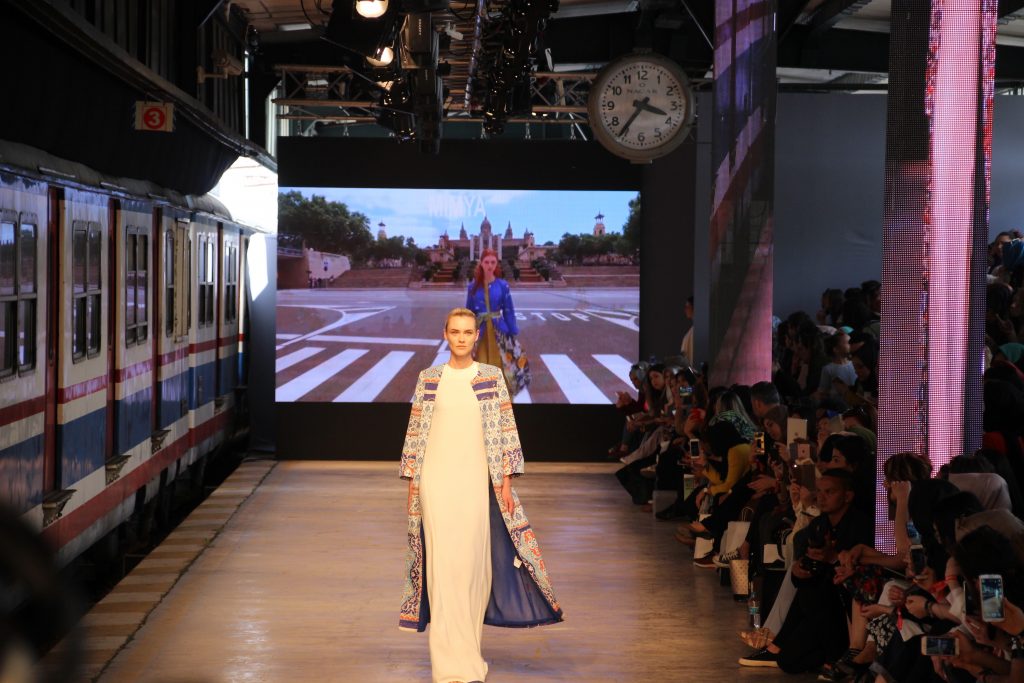

Turkiye is also represented in the book’s ‘Why Cover Up?’ section, when Lodi talks about the clothing practices in different Muslim-majority countries. She explains the country’s shift to secularism following the creation of the Republic of Turkiye, and refers to restrictions for visibly Muslim people, especially women wearing headscarves. These rules were more formally introduced following the 1980 military coup and were harshly enforced as a result of the 1997 military post-modern coup.
Here too, Lodi is mistaken in how she covers these restrictions, which applied to female students and staff in schools, universities and public offices. Yet Lodi writes as if there was a total ban on headscarf throughout Turkiye. That has never been the case.
The author correctly notes that things have changed with the ruling Development and Justice Party (AKP), which has been in government since the end of 2022. The AKP not only removed the headscarf ban, but also made wearing the hijab more popular among the new, religious middle-class, who adopted their religiously inspired dress more confidently. The free adoption of the hijab by so many women of diverse backgrounds has also helped challenge the view even among Turks that the veil was purely for women of lower-class status.
Sena Sever is one of Turkiye’s biggest modest fashion influencers
View this post on Instagram
Disappointingly, the impact of these political and social changes on the spectacular growth of modest fashion in Turkiye are left out. Another omission are the Turkish modest fashion influencers, despite these young women having millions of social media followers between them.
Indeed, considering more than half of the Turkish population are covered, that Turkiye is the biggest fashion-spending country in the Muslim world, and a leading exporter of modest fashion that boasts a global giant like Modanisa, the Turkish presence in Lodi’s book seems really light.
Perhaps this lack of visibility owes more to the failure of key players in Turkiye to communicate in English, making them less prominent than their Middle Eastern and European peers. Both the influencers and Muslim lifestyle media stick to their local language of Turkish, making it far harder for international audiences to be aware let alone understand the importance of developments and personalities.
Turkiye’s modest fashion scene has also been failed by its domestic fashion titles, which seem to be stuck in a time warp, believing fashion is the sole preserve of secular, non-religious women. Titles such as Vogue Turkiye, Elle Turkiye, Harpers Bazaar Turkiye, Marie Claire Turkye rarely feature fashion shoots with or stories about hijabi women, meaning less international pick-up. These same titles have also been slow on other forms of representation, from plus size models to women of colour, and people with vitiligo or other disabilities.
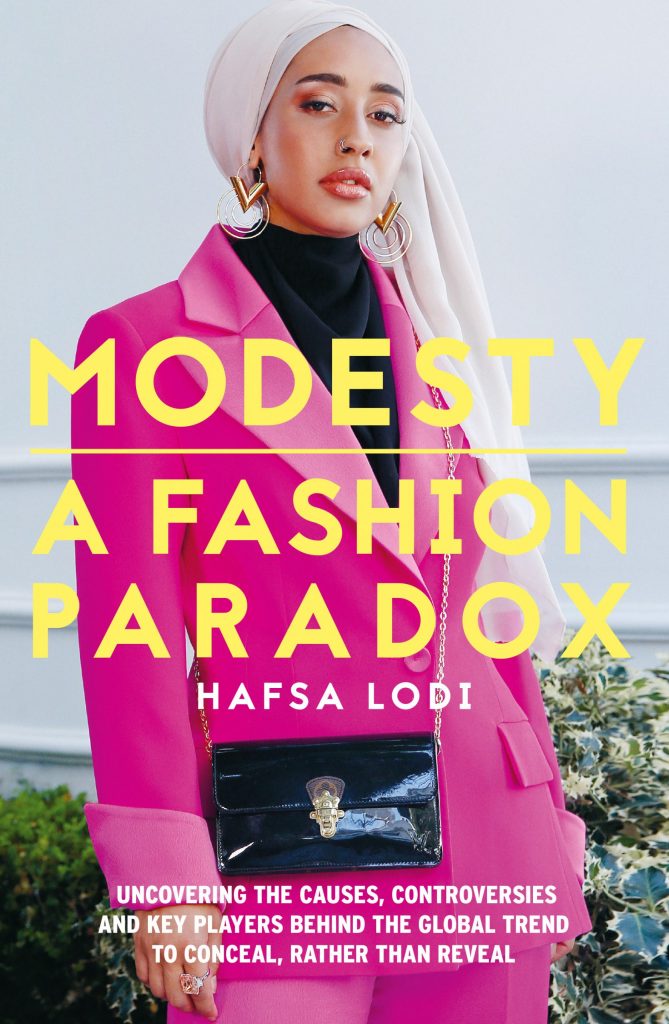
In comparison, the newer glossy UAE magazine Vogue Arabia has leapfrogged its more established Turkish counterpart with its bold covers and features about headscarf-wearing women. Their stories are published in English and Arabic, ensuring they are not only well read locally, but also worldwide.
The story of Vogue Arabia’s rise is reflective of why the UAE punches far above its weight in modest fashion: while far smaller in terms of consumption or exports, its fashion publications, brands and social media icons have greater reach and influence.
For these reasons and many more, Hafsa Lodi needs to be commended as she captures the global rise and significance of modest fashion. Her book explores how practising Muslim women have embraced clothing trends, while staying true to their faith, making it essential reading for anyone interested in modest fashion, even if it omits important details about Turkiye’s vital contribution.
Modesty: A Fashion Paradox: Uncovering the Causes, Controversies and Key Players Behind the Global Trend to Conceal rather than Reveal’ is available from all good bookstores, and direct from the publisher, Neem Press.
You can also get a chance to hear Lodi talk about her book and related themes when she embarks on a mini tour of the UK next week, with two speaking dates in London and two sessions at the Bradford Literature Festival.
View this post on Instagram
Main picture, top, of Hafsa Lodi and her book. Photo by Ushma Dhakan

